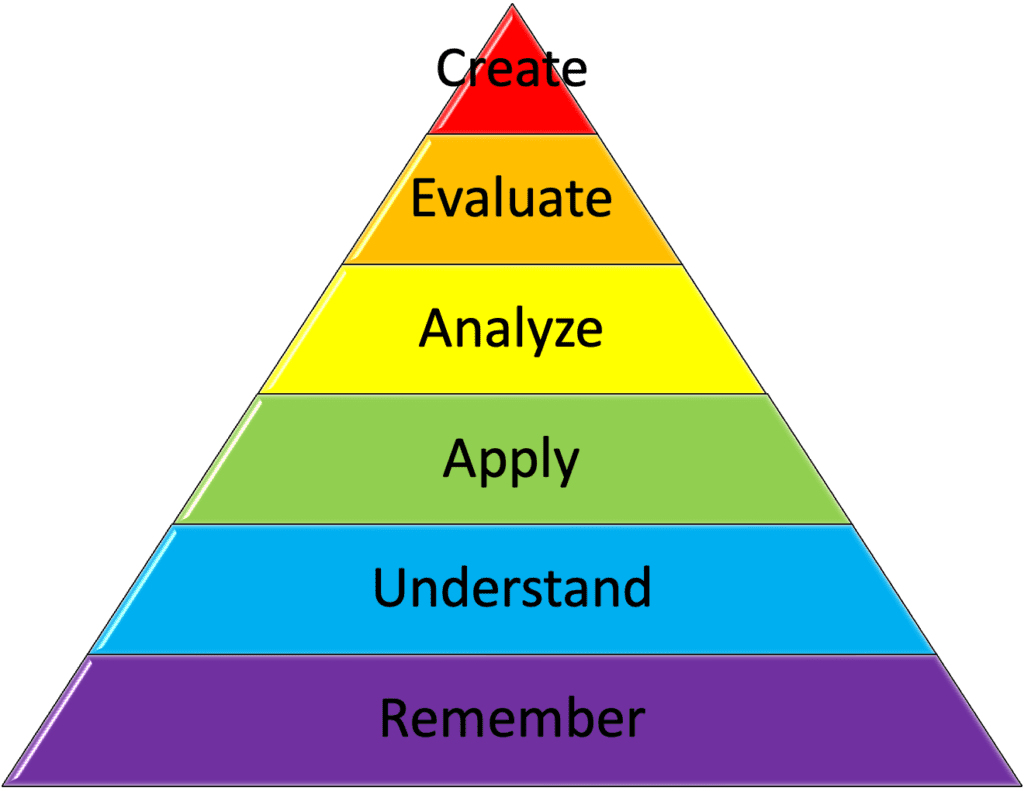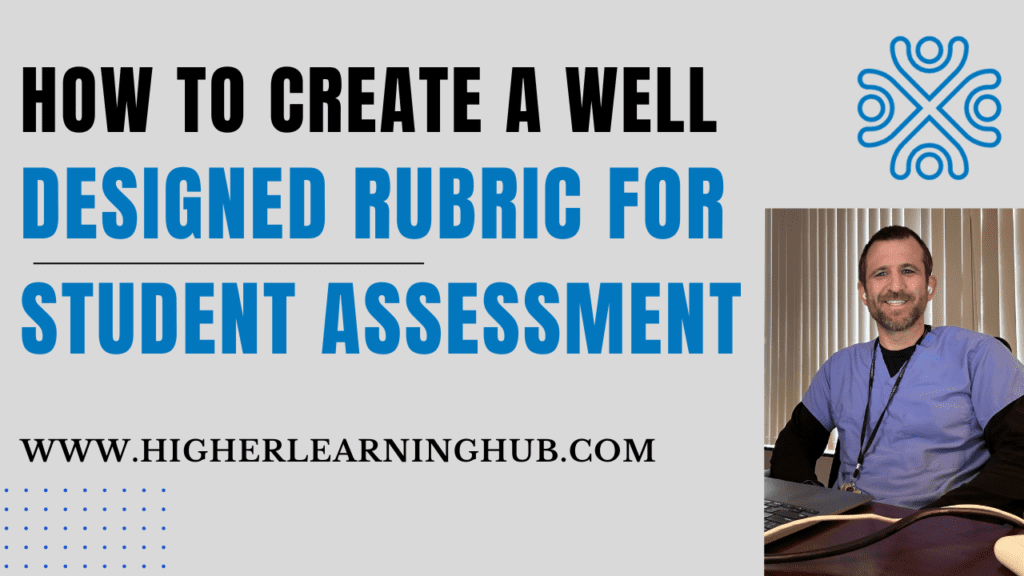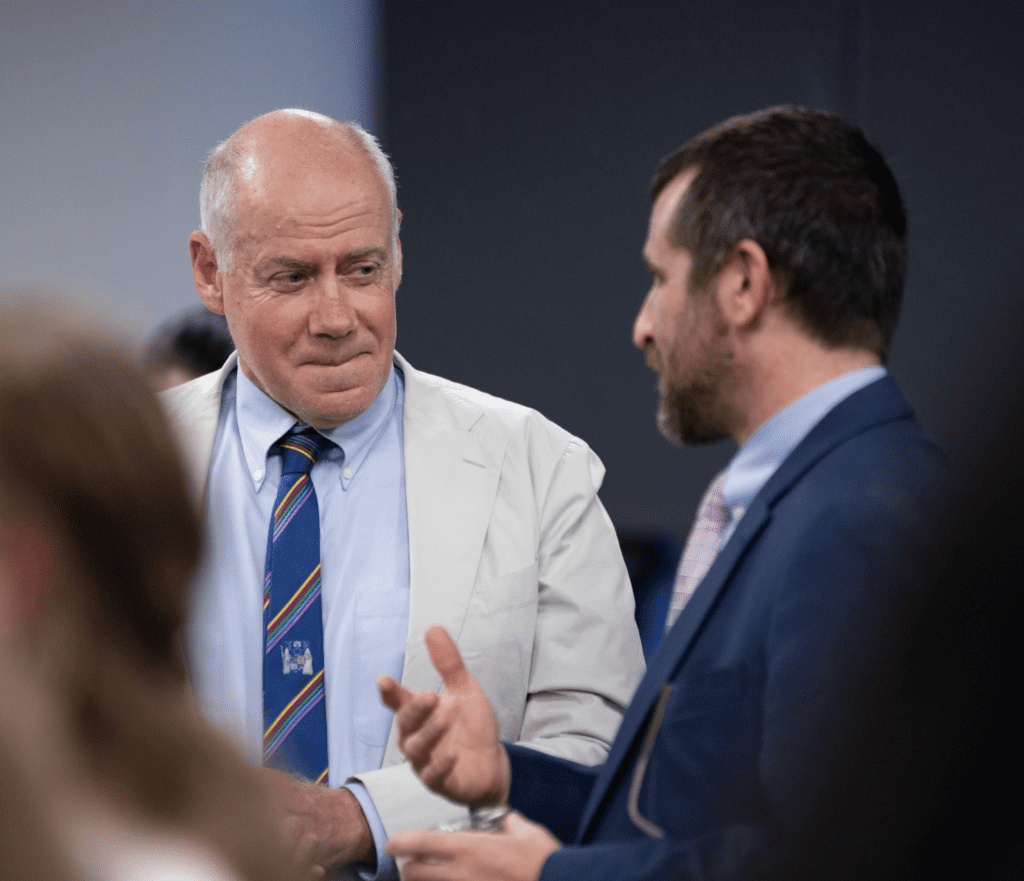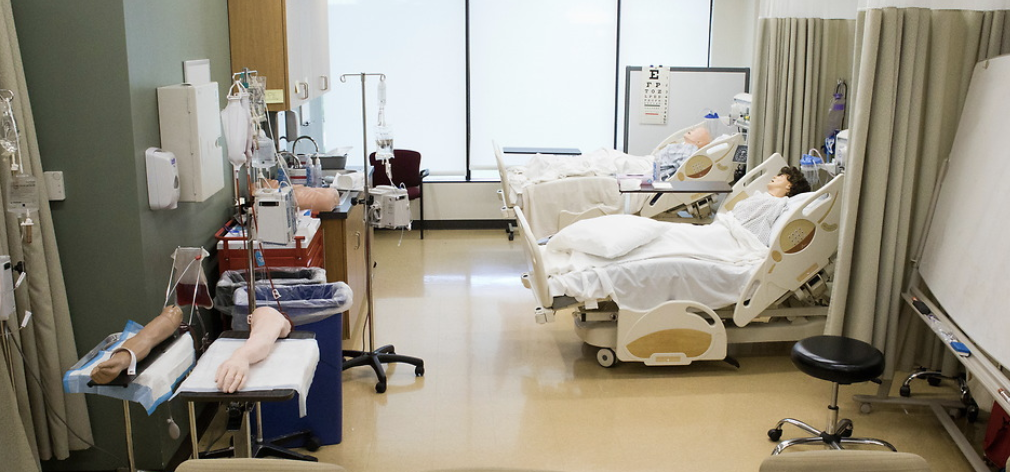Authored by Leland Jaffe DPM, FACFAS – Associate Dean and Professo
Bloom’s Taxonomy is a widely recognized framework in education that provides a structured approach to learning and teaching. Developed by Benjamin Bloom and a group of educational psychologists in the 1950s, it categorizes cognitive skills into a hierarchy, making it easier to plan and assess learning objectives. In this comprehensive guide, I will explore the different levels of Bloom’s Taxonomy and how they can be applied in various educational contexts. https://bloomstaxonomy.net/
The Six Levels of Bloom’s Taxonomy
1. Remembering
At the base of the taxonomy, ‘Remembering’ involves recalling facts, basic concepts, or information without necessarily understanding or applying it. This level of cognition includes tasks such as memorization, listing, and defining.
Example activities:
- Memorizing historical dates or mathematical formulas.
- Recalling specific details from a text or lecture.
2. Understanding
Moving beyond simple recall, ‘Understanding’ requires the learner to grasp the meaning of information. This level involves explaining concepts, interpreting data, and summarizing information in one’s own words.
Example activities:
- Explain a scientific principle in your own words.
- Interpreting a graph or chart.
3. Applying
Here, learners take the knowledge they have acquired and apply it to new situations or contexts. This level emphasizes the practical application of concepts.
Example activities:
- Solving mathematical problems using learned formulas.
- Applying scientific theories to conduct experiments.
4. Analyzing
‘Analyzing’ involves breaking down information into its constituent parts to understand their relationships and implications. This level encourages critical thinking and the ability to draw connections.
Example activities:
- Comparing and contrasting different literary works.
- Analyzing the steps in a scientific method.
5. Evaluating
At this level, learners assess the value of information, ideas, or methods based on a set of criteria. It requires a deeper level of critical thinking and the ability to form judgments.
Example activities:
- Evaluating the effectiveness of a marketing campaign.
- Assessing the validity of a scientific experiment.
6. Creating
The highest level of Bloom’s Taxonomy, ‘Creating’, involves synthesizing information to generate new ideas, products, or solutions. This level encourages originality and innovation.
Example activities:
- Designing a new experiment to test a hypothesis.
- Creating a piece of art or literature.
Practical Applications
1. Lesson Planning
Educators can use Bloom’s Taxonomy to design effective lesson plans that target specific cognitive levels. By incorporating activities from all six levels, teachers can ensure a well-rounded learning experience.
2. Assessment and Evaluation
When creating assessments, instructors can align questions and tasks with the desired cognitive level. This ensures that assessments accurately measure the intended learning outcomes.
3. Curriculum Development
Bloom’s Taxonomy provides a framework for structuring curriculum content. It helps in sequencing topics from basic to advanced, ensuring a logical progression of learning.
4. Professional Development
For individuals seeking to enhance their learning or train others, understanding Bloom’s Taxonomy can guide the development of effective training programs and materials.
Bloom’s Taxonomy – Conclusion
Bloom’s Taxonomy remains a cornerstone in educational theory and practice. By recognizing the different levels of cognitive skills, educators can better plan their instruction and assessments to promote meaningful learning experiences. Whether you’re a professor or clinical instructor, understanding and applying Bloom’s Taxonomy can significantly enhance the quality and effectiveness of your education.


Leland Jaffe DPM, FACFAS
Associate Dean and Professor
Podiatric Physician and Surgeon
North Chicago, Illinois







